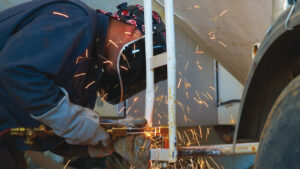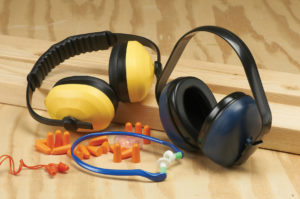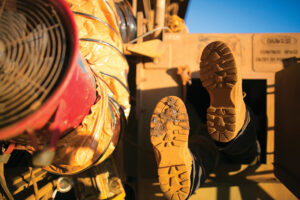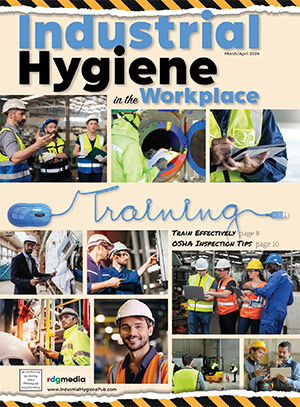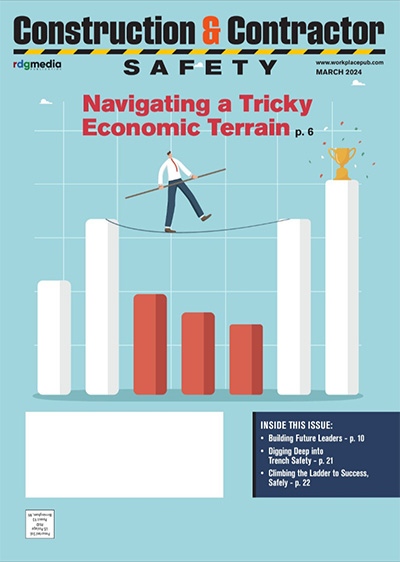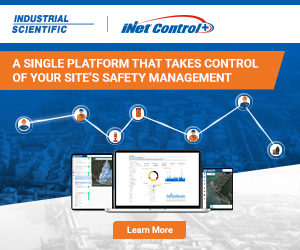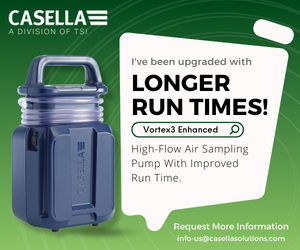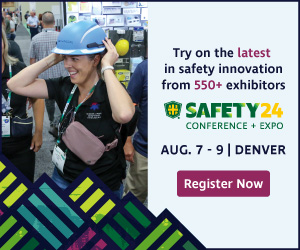By: Ray Chishti, Contributor OSHA plans to continue its rulemaking efforts to update its lead standards in 2024. The agency will focus on reducing medical removal protection and surveillance triggers under its current General Industry and Construction standards. OSHA’s proposed revisions also can impact blood lead triggers, permissible exposure limits, PPE, housekeeping, hygiene and training.…
Read More >>“A lot can happen between check-in times; employers who satisfy OSHA 1915.51 with a “time-based check-in” system often tell us that check-in systems do not work and find a Grace Lone Worker “immediate notification” system to be more effective. Grace Lone Worker Pendants are relied upon to automatically transmit a distress alarm when an employee…
Read More >>“OHD is honored to develop and supply technologies that help organizations protect their employees and maintain compliance. We participate in and appreciate the efforts to advance regulation, while promoting economic growth.” Stephanie Lynch, Senior Research and Technology Manager at OHD Background & History OSHA estimates approximately 22 million workers are exposed to potentially damaging occupational…
Read More >>“The OSHA 1910.95 standard provides necessary procedures to ensure safety from occupational noise exposure. Spartan product line by Larson Davis promotes hearing safety with accurate noise measurements, simplifying OSHA 1910.95 compliance and helping employers maintain hearing health in the workplace.” Dan Wilding, Larson Davis, https://larsondavis.com/applications/industrial-hygiene/spartan-series, 716-926-8243 The Occupational Noise Exposure mandate (OSHA’s 29 CFR 1910.95)…
Read More >>“Heat stress related injuries can occur under almost any scenario and can be dependent on many external factors along with the health/fitness of the individual. One important preventive measure often overlooked is proper hydration. Implementing this National Emphasis Program using a healthy hydration approach encourages workers to drink more water and ultimately saves lives.” Janet…
Read More >>“NFPA 654 is a great place to start when taking steps to identify hazards and developing action items designed to reduce risk within a facility handling explosible or combustible materials. There are NFPA codes specific to an industry, but NFPA 654 covers all other processes where combustible material is present.” Fauske & Associates, LLC., 1-877-328-7531,…
Read More >>By: Henry E. Payne, Ph.D., Contributor All workers need occupational safety and health training. More pointedly, they require training on the specific hazards they will encounter at their distinct worksites. Workers are frequently injured or made ill on the job because they encountered job hazards they were either not aware of, or they lack training…
Read More >>“The ANSI/ISEA Z89.1 Standard for Head Protection is vital to Bullard’s design and manufacturing process for head protection; it’s used to measure and ensure that our products mitigate the impact, penetration, and electrical hazards today’s workers face. With market emphasis on enhanced head protection, it’s important the standard include these points so manufacturers can produce…
Read More >>A proper respirator fit test is a critical component of employee respiratory protection. At TSI, PortaCount® Respirator Fit Testing equipment measures the fit of the respirator, while the user performs a series of moving, breathing and talking exercises designed to simulate the same movements made in the field. The PortaCount® Respirator Fit Tester can test…
Read More >>Confined spaces are challenging working environments. Identifying the hazards involved then taking proactive steps to prevent them and minimize risks is paramount. Minimizing risks starts with knowing who’s inside a confined space, for how long, and monitoring the atmospheric conditions within it. This guide outlines many of the best practices we recommend with our own…
Read More >>Leaders in Industrial Hygiene
Council for Accreditation in Occupational Hearing Conservation (CAOHC)
Subscribe!
Sign up to receive our industry publications for FREE!



